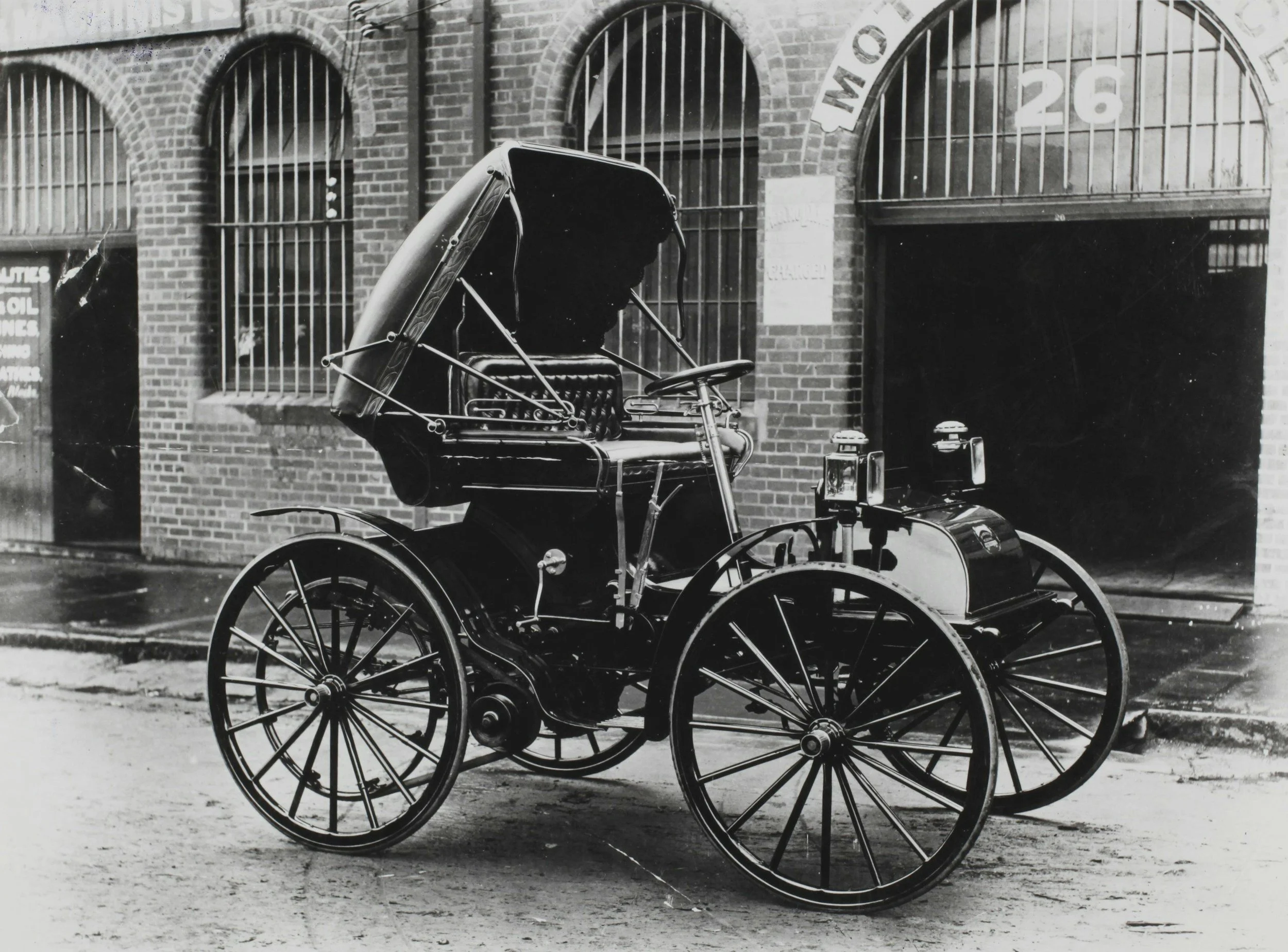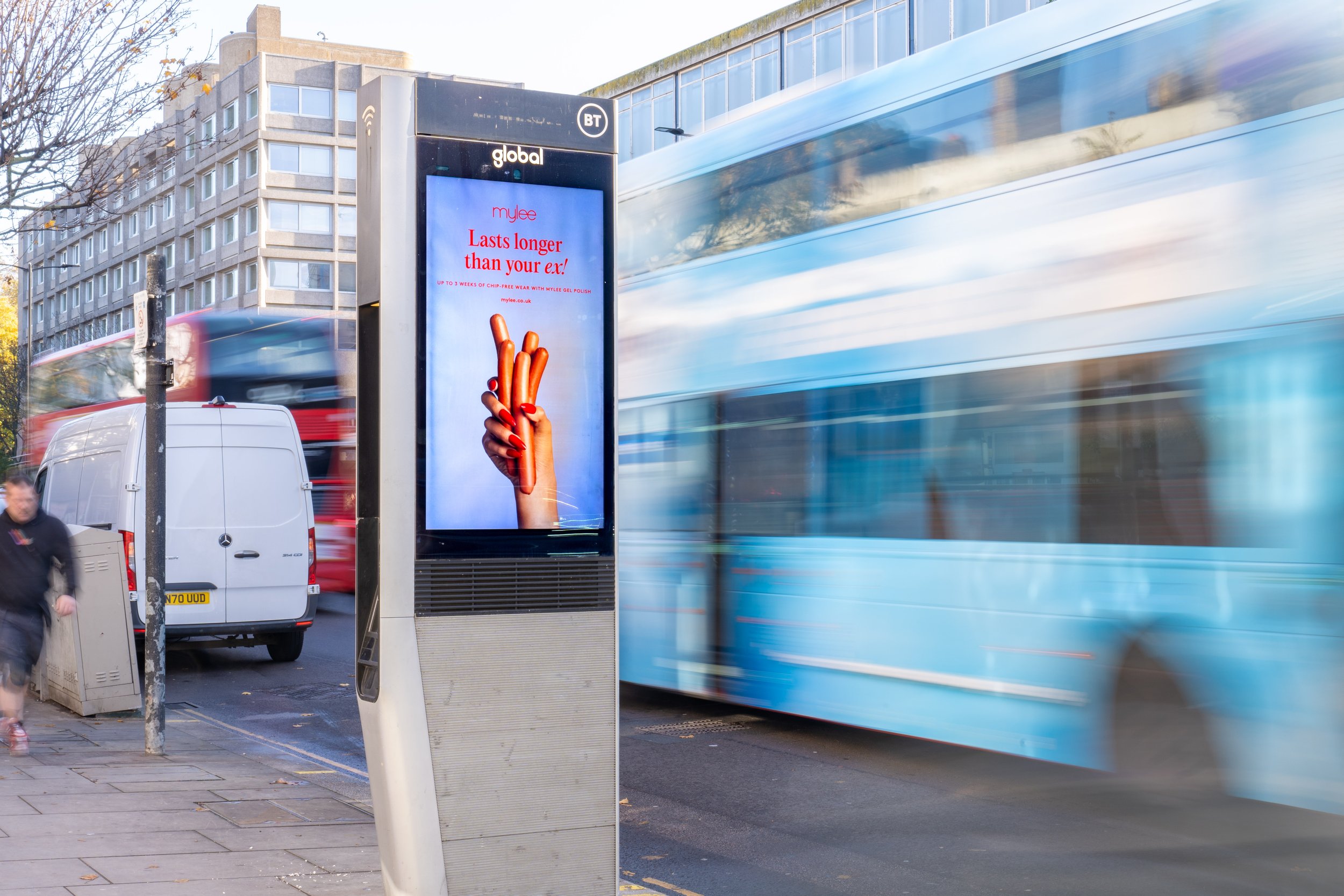Media Mix Optimisation: A Fresh and Uncomplicated Approach
Key Takeaways
Use cost‑per‑thousand (CPM) as the universal metric to compare channels fairly and split media into awareness versus direct‑response categories.
Optimise frequency so your audience sees around three impressions per week; avoid oversaturating one channel and adjust spending based on population size and context.
Build your own model using historical campaign benchmarks, experiment with variables like channel mix and frequency, and continuously refine based on data.
In today’s fragmented media landscape, marketers often find themselves juggling a complex array of channels and metrics, each claiming to be the key to success. But optimising your media mix doesn’t have to be an overly intricate exercise. In fact, the best strategies are often the simplest. Here’s a refreshingly straightforward approach to media mix optimisation that any marketer can adopt.
Fundamentals and going to back to basics is often the best approach to any optimisation.
The Foundation: Cost-Per-Thousand (CPM) as the Common Metric
To start, it’s essential to establish a common ground for evaluating media channels. Enter Cost-Per-Thousand (CPM), the universal metric that lets you compare the cost of reaching 1,000 people across all media types—online and offline.
By focusing on CPM, you gain a clear understanding of the comparative costs of your channels. Whether you’re analysing the price of a TV ad spot, a social media campaign, or an out-of-home billboard, CPM serves as the leveller.
Segmenting Media by Purpose
Not all media channels serve the same goal. To truly optimise your spend, you’ll need to segment your analysis into two primary categories:
1. Awareness/Reach Channels
These are the platforms designed to get your brand in front of as many eyeballs as possible. Examples include TV, radio, and large-scale digital display ads.
2. Direct Response/Conversion Channels
These focus on driving specific actions, such as clicks, sign-ups, or purchases. Channels like search ads, email marketing, and performance-based social ads fall into this category.
When comparing CPM, ensure you do so within these groups, as comparing awareness campaigns to direct-response initiatives is akin to comparing apples to oranges.
Optimising Frequency: The Key to Effectiveness
While reach is vital, it’s frequency that ensures your message sticks. For most campaigns, a minimum frequency of three impressions per week is recommended to achieve activation. However, this doesn’t mean blanketing your audience indiscriminately.
Balancing Frequency Across Channels
• Analyse each channel’s individual frequency to ensure sufficient exposure without oversaturating the audience.
• Avoid unnecessary duplication by understanding audience overlaps between channels. For example, if a user is already seeing your ad on social media three times a week, you may not need to hit them with the same message on YouTube.
Contextual Targeting: Population and Budget
Effectiveness doesn’t just depend on the CPM and frequency—it’s also about the scale of your target audience. By considering the population size of specific areas, you can allocate your budget more effectively.
Example:
If you’re targeting a metropolitan area with a population of 500,000, calculate how much frequency you’ll need to ensure impact. Adjust your budget accordingly, keeping in mind the cost variations between densely populated urban areas and smaller towns.
The Final Step: Build Your Own Model
The reality is that no media attribution model is perfect. Most rely on assumptions, and while they can offer insights, they often fail to provide the full picture.
Instead, adopt a practical, marketer-led approach:
1. Set Benchmarks: Use historical campaign data to establish baseline KPIs such as CPM, reach, frequency, and conversions.
2. Experiment and Adjust: For future campaigns, tweak one or two variables at a time—lower frequency, increase awareness, test different CPM benchmarks—and observe the impact.
3. Continuous Refinement: Record learnings and iteratively improve your model, tailoring it to your unique audience and objectives.
In Summary
Media mix optimisation doesn’t need to rely on convoluted models or expensive tools. By using CPM as your guiding metric, segmenting channels by their purpose, ensuring optimal frequency, and contextualising your spend to your audience size, you can craft an effective, actionable strategy.
Most importantly, remember that optimisation is an ongoing process. By taking ownership of your media strategy, setting benchmarks, and refining over time, you’ll build a model that works for your brand, one campaign at a time.











